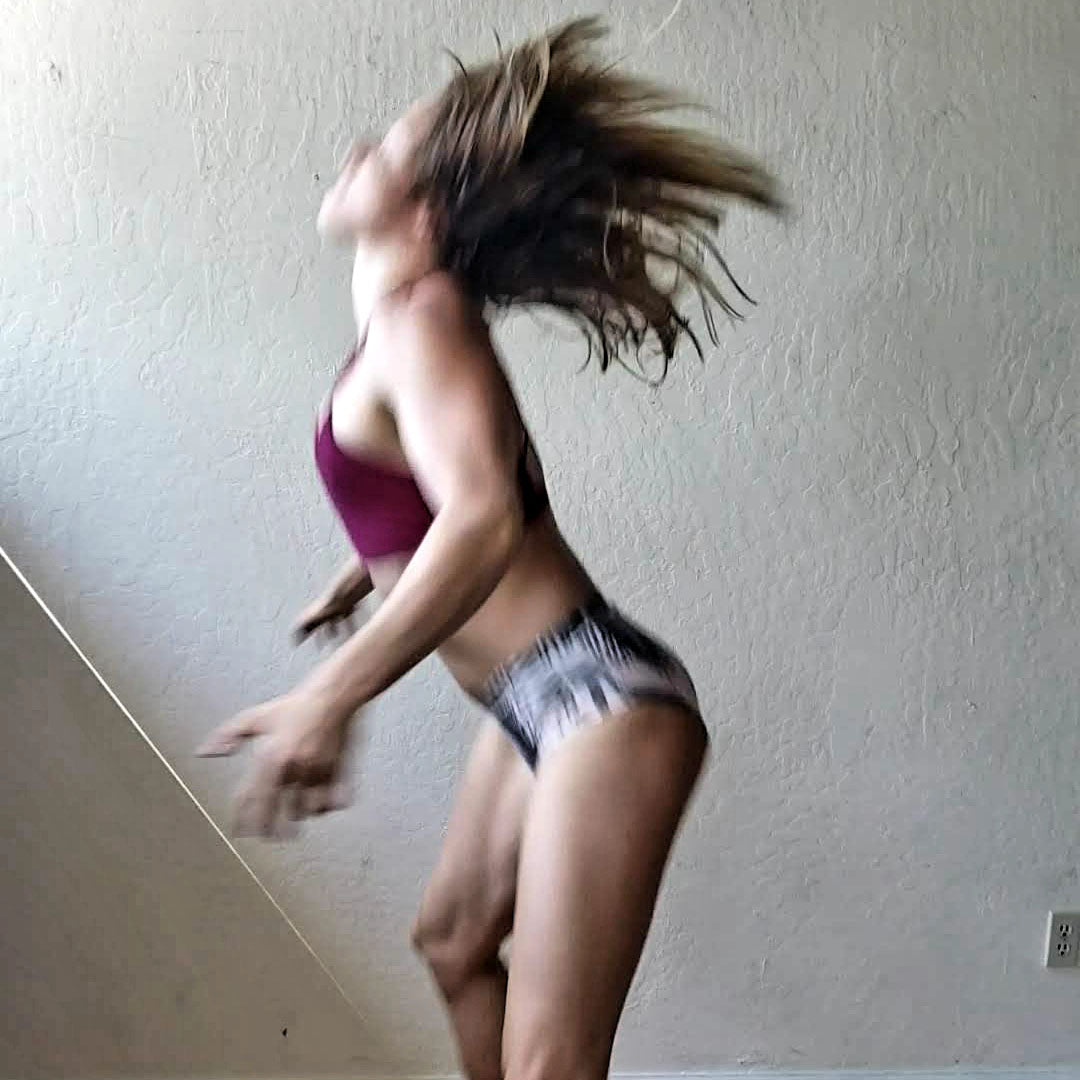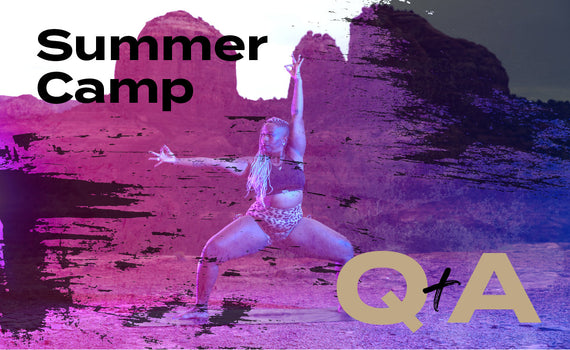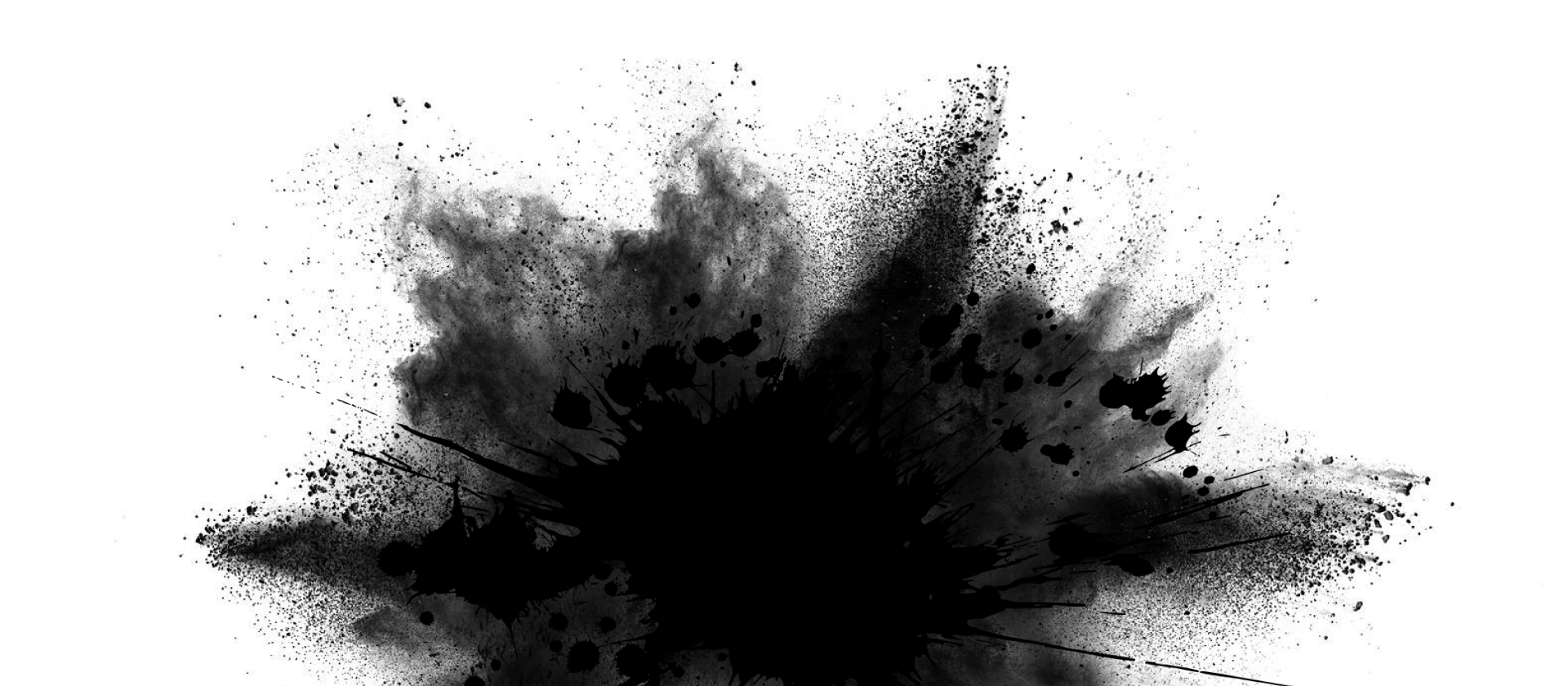Unresolved issues with past trauma, self-doubt and body issues can prevent us from reaching our true potential. Like many other Butisattvas, Kris discovered how to tap into these negative cognitive patterns to facilitate deep healing mentally, physically and emotionally using Buti Yoga.

❤️❤️❤️❤️❤️❤️
IT’S NOT JUST ABOUT THE BODY
Sometimes it takes a few minutes to understand/realize and other times it takes a lifetime. What you believe on the surface sometimes isn’t exactly what's being communicated internally on an emotional / cellular level. Living on the surface seem to be a much easier task than digging deep into your subconscious mind and body. Living there can also do the most potential, long-lasting damage.
Many of you might not believe it, but my body has been through the trenches – some injuries were from recreational sports and others were emotionally-driven. Most everyone can immediately relate to a physical injury; muscle tears, surgeries, compressions, stressed tendons, bruises, etc. For most of my teenage and adult life, tunnel vision took over:
How can I physically recover, restore, and grow from all of the injuries that linger in my physical body as scar tissue, inflammation, and compensations?
The practice of Yoga has healed my body in more ways than I can count. In April 2017, I audited a Buti Yoga training. For context - anyone who is Buti Yoga certified can audit a training once they pass their demos for continuing education and refinement. Those weekends can be the most physically and mentally demanding weekends that are required of each instructor, but it bonds new and existing communities and builds people UP on an entirely new level.
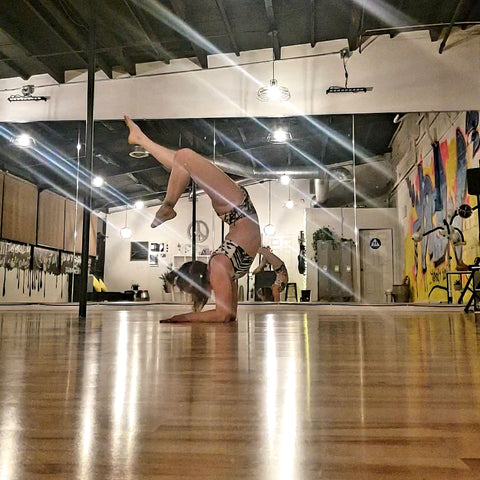
Any Asanas (yoga poses) or dynamic movement that required effort from my general hip flexor area is difficult and sometimes painful – seated floor work (leg lifts), Navasana (Boat Pose), Malasana (Garland Pose), etc. Buti Yoga Master Trainer Nani told me that hip flexors and quadriceps overwork when the core is not properly engaged; all of the effort compensates to the stronger muscle groups: the legs. From a physical standpoint, it completely makes sense – right? But WHY was I so disconnected from my core? I don't have kids, I didn’t have surgery, and I exercise regularly. The only thing that made sense to me at the time was my L5 compression injury from skiing in 2008.
Almost 2 years later at a DEEP training, the realization hit me square in the face.
What about an emotional injury? I.E: BODY SHAMING.
It manifests in a multitude of ways:
- Judging your own appearance through comparison
- Criticizing another’s appearance in front of them or without their knowledge
Take a moment to self-reflect, do you remember the first time that you experienced body shame? I do.
I am not pretty enough. Why am I not skinny like the other girls? Why do I need to get on the scale? I look fat in this. Do they call me beached whale and Tellytubby because that’s what I actually look like? If my family says I need to lose weight, I should. Maybe I should only eat a grape in the morning so that I reduce the amount of food that I eat during the day.
Up until 2 years ago, I can’t remember feeling authentically comfortable in my own skin. It all revolved around SHAMING my body or feeling ashamed about the body I had – especially my stomach region. We all know the morning mantra drill: look at yourself in the mirror and tell yourself that you are beautiful or write a positive note on the mirror with cheap lipstick.
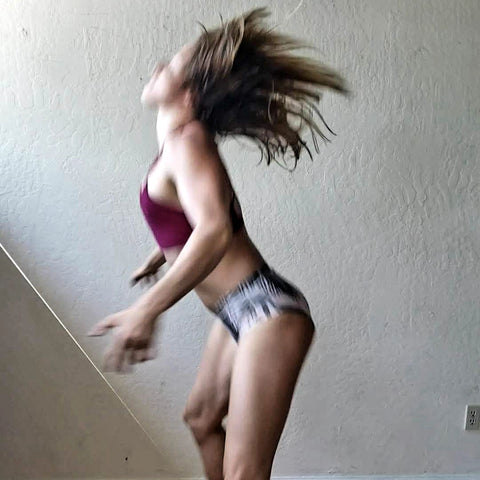
Didn’t work for me – does it for you?
Our bodies are comprised of much more than muscle and organs. In simple terms, each muscle in our body receives signals from the brain via nerve endings to engage. The brain controls every muscle fiber in our body. Our brain also has the ability to protect itself from trauma – even emotional ones. In my case, constant judgment, blame, and punishment about my midsection were events that made me feel like I wasn’t worth a damn. In other words, my brain completely disconnected from my core so that I didn’t have to live with the constant subconscious reminders of those traumas.
It takes time and work to heal emotional wounds and I still struggle with it from time to time. It’s not something that you can wave your magic wand and POOF it disappears.
After this long AF epiphany, I learned about and moved through the intricate techniques used in the DEEP format. In only two days, I was able to get into Navasana (Boat Pose) with a flat back. To some, it might feel like a minor accomplishment. To me, it feels like I’m finally taking the steps to healing my body as a whole.
WHERE YOU CAN LEARN FROM KRIS EGGER
You can find KRIS EGGER on our Buti Online Subscription .
